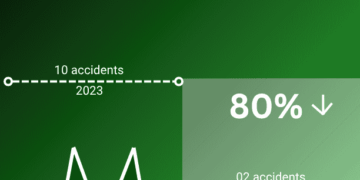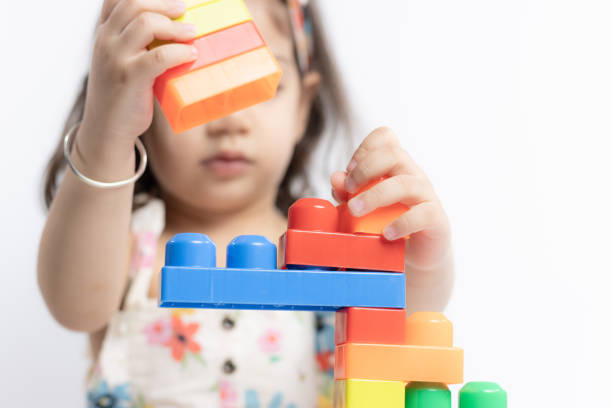In a world overflowing with battery-operated toys, apps, and screen-based play, it’s easy to overlook the simple power of open-ended materials. Yet in early childhood education, particularly within progressive and child-led philosophies, loose parts play has emerged as a vital method for sparking creativity, building problem-solving skills, and nurturing independent thinking.
This is especially true in settings like a Montessori nursery, where child-led exploration and tactile learning are central to the philosophy. Here, toys without instructions aren’t seen as lacking—they’re viewed as liberating. With no defined end, no flashing lights, and no scripted play scenarios, loose parts allow children to become inventors of their own play, authors of their own stories, and engineers of their own worlds.
What Are Loose Parts?
Loose parts are open-ended materials that children can move, manipulate, combine, redesign, and take apart in countless ways. These can include natural elements like stones, pinecones, and shells; recycled materials such as cardboard tubes and bottle caps; or everyday objects like buttons, fabric scraps, and wooden blocks. The magic lies in their simplicity and versatility.
Unlike traditional toys that are designed with a fixed purpose—think puzzles or dolls—loose parts don’t tell a child how to play. Instead, they invite inquiry and imagination. A pinecone becomes a spaceship. A collection of lids transforms into a meal for a pretend picnic. The possibilities are endless, limited only by a child’s imagination.
The Montessori Approach and Loose Parts
The Montessori method, founded by Dr. Maria Montessori, champions the belief that children learn best through self-directed, hands-on activities. Loose parts play aligns seamlessly with this approach. Rather than teaching children how to use toys, Montessori educators observe how children naturally engage with materials and create learning experiences from those insights.
At Walton Montessori, for example, loose parts are intentionally woven into the learning environment to promote creativity and curiosity. The classroom becomes a laboratory of ideas where every object, no matter how humble, has potential. Children are encouraged to choose, explore, and experiment, developing autonomy and confidence as they play. This method not only strengthens motor skills and spatial awareness, but also lays the groundwork for scientific thinking and collaboration.
Cognitive and Emotional Benefits
Loose parts play isn’t just fun—it plays a critical role in cognitive development. When children build, sort, and classify objects, they engage in mathematical thinking and spatial reasoning. When they tell stories with loose parts, they develop narrative skills and language fluency. And when they collaborate on projects with peers, they build emotional intelligence and social competence.
Moreover, the non-prescriptive nature of loose parts fosters a sense of control and freedom. Children are free to explore without fear of doing something “wrong.” This boosts their confidence and nurtures a positive attitude toward problem-solving and learning—a mindset that will serve them well in later education and life.
Supporting Risk-Taking and Resilience
One of the hidden benefits of loose parts play is how it nurtures resilience. Children must experiment and iterate, often encountering failure and frustration along the way. Whether it’s a tower that keeps toppling over or a structure that won’t hold together, loose parts naturally introduce trial and error into play. These moments of challenge are crucial in developing patience, adaptability, and grit.
In contrast to rigid, success-oriented activities, loose parts allow children to take risks in a safe environment. There’s no single “right” outcome—just exploration and discovery. This approach prepares children for the uncertainties and complexities of the real world in a joyful, empowering way.
Conclusion: A World Built from Wonder
In an age where toys often come with lights, sounds, and instructions, loose parts play offers a quiet revolution—one that returns power to the child. It honours their innate creativity and reminds us that the best play doesn’t always come from the most expensive or complex toys, but from materials that leave room for the imagination to roam.
Schools like Walton Montessori are leading the way in showing how purposeful, open-ended play can transform early education. By embracing toys without instructions, they nurture not just creative kids, but resilient thinkers and confident explorers. Loose parts may look simple, but in the hands of a child, they build a world of possibilities.



















